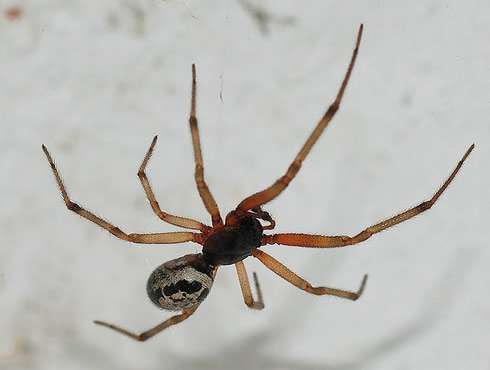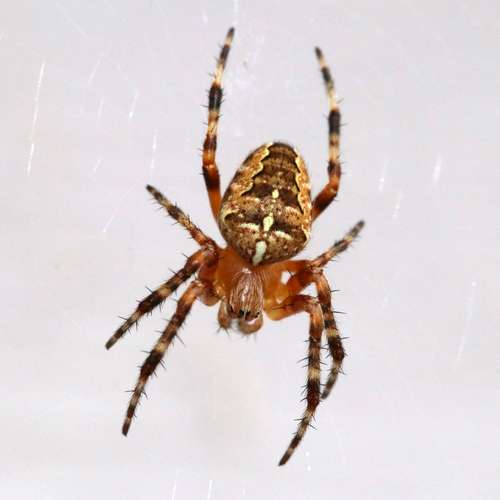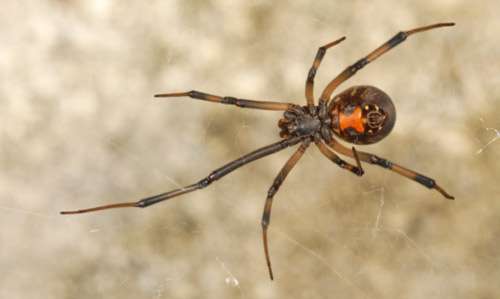
Since it superficially resembles the black widow and other spiders of the genus Latrodectus, Steatoda nobilis, a member of the Steatoda family, is also known as the noble false widow in the United Kingdom. Although “false widow” is a more broad word used to describe a wider range of species with this likeness, it is frequently called the false widow. It is a moderately dangerous spider, and the majority of bites cause symptoms resembling those of a bee or wasp sting. Some bites might be more harmful than others, possibly as a result of the spiders’ infectious bacteria.
In addition to cacti, roadside cuttings, and abandoned buildings, S. nobilis is observed year-round in both indoor and outdoor settings. The spiders use a “attack wrap” tactic in which silk is wrapped around the victim to prey on both invertebrates and small vertebrates.
Habitat
From Cornwall to Essex, several locations along England’s south coast saw the spider establish itself, and it has since become more common inland and further north. There are two recent occurrences in Scotland where the long-term survival of any population is unknown and both are thought to be the consequence of introduction with products. The species is well-known in Ireland, France, Spain, and Portugal in Europe. Although it occurs less frequently indoors, this spider is mostly seen surrounding dwellings.
Morphology
The brown, bulbous abdomen of Steatoda nobilis contains cream-colored patterns that are frequently compared to the shape of a skull. They have orange-reddish legs. The big size and distinctive coloring of S. nobilis make it easy to differentiate it from other spiders in its genus. Males are 7 to 11 mm in size, while females range in size from roughly 9.5 to 14 mm. The largest males can reach a size of 11.66 mm, while the greatest females can reach a size of 13.7 mm. The palp’s shape and the ventral abdominal markings help to identify the males.
The epigyne of the females can be used to identify them. It is not believed that location is the cause of the observed variance in size, shape, and markings. Siblings born from the same egg sac and spiders found centimetres apart might have radically distinct appearances. Young spiders of both sexes look identical to one another.

Food
Both vertebrates and invertebrates can be consumed by S. nobilis. They have been seen in Ireland eating woodlice. The only source of fluids for S. nobilis is found to be its prey. They appear to survive in arid environments and without water in lab settings. They have been seen in Ireland to prey on species of protected reptiles.
Lifespan
The S. Nobilis spiders can live up to five years, which is a very lengthy lifespan. They are active all year long, reproduce quickly, and can withstand cold temperatures. Adult females have been noted to be persistent and long-lived. One S. nobilis adult female reportedly lived in captivity for approximately five and a half years.
Bites to Animal and Human
Because of their synanthropic behaviors, which are especially prevalent in temperate climates and bring them into close contact with people, S. nobilis poses a distinct concern. In western Europe, they are regarded as one of the most hazardous spiders. An adult S. nobilis’ mechanical bite typically has no discomfort. The tremendous agony that is frequently experienced is really caused by the venom’s release. Male bites are less painful than female ones.
Not Keeping as a Pet, Why?
In the wild, spiders live for 5 years. During that time, they marry numerous times and increase their colony. They could bite the owner, which would be extremely painful, making them an undesirable pet.
Table





